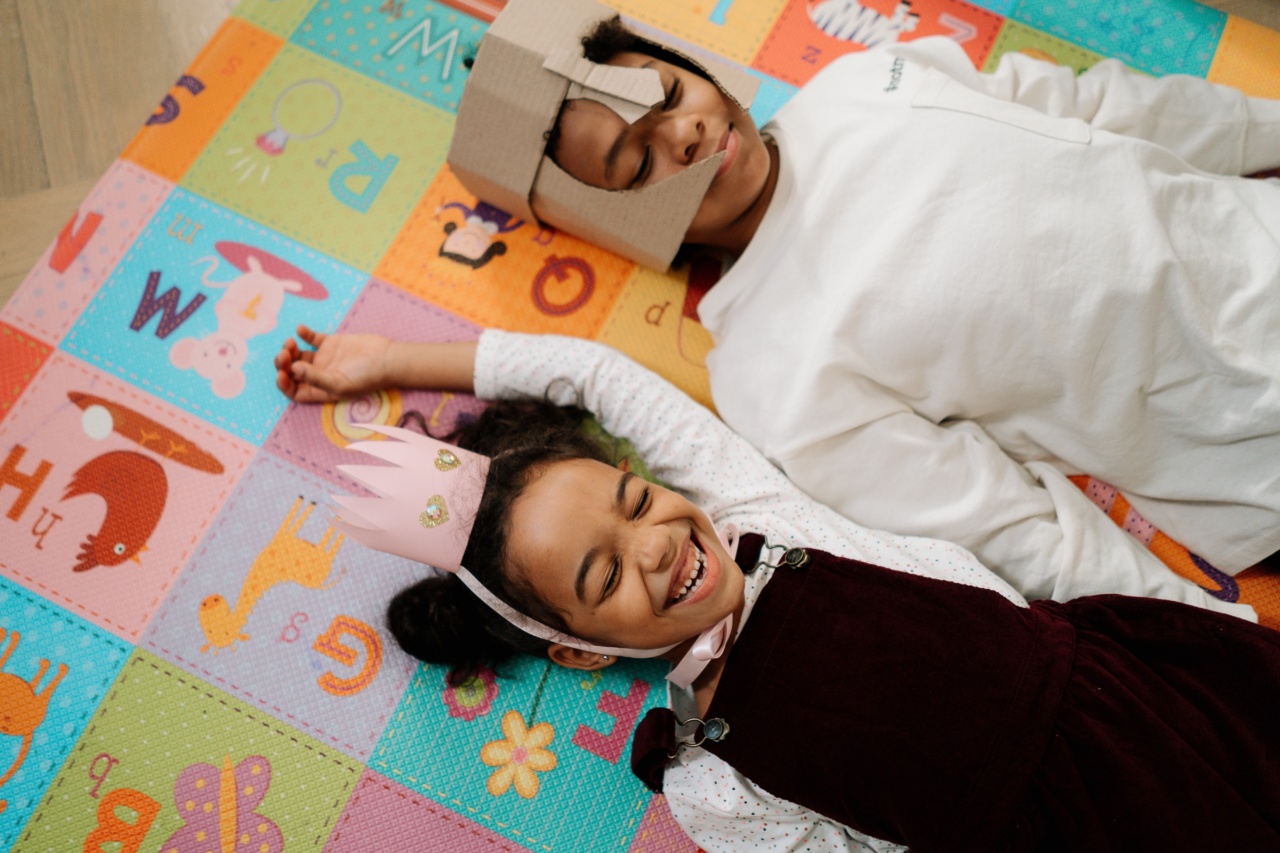In today’s fast-paced world, it is essential to prioritize the health and well-being of our children.
A vital aspect of their overall development is ensuring they engage in adequate physical activity, maintain a healthy sleep routine, and avoid prolonged sitting. In this article, we will delve into the recommended levels of activity, sitting time, and sleep duration for kids, offering valuable insights into promoting their overall well-being.
The Importance of Physical Activity
Physical activity forms the cornerstone of a healthy lifestyle for children. Engaging in regular physical activities not only helps them maintain a healthy weight but also contributes to their overall physical and mental well-being.
According to the World Health Organization (WHO), children aged 5 to 17 years should engage in moderate to vigorous-intensity physical activity for at least 60 minutes each day.
It is important to note that the recommended activity level can be accumulated throughout the day and should include both aerobic exercises and activities that strengthen muscles and bones.
Encouraging kids to participate in activities such as running, swimming, cycling, dancing, or playing team sports can help them meet these recommendations.
The Risks of Prolonged Sitting
In recent years, researchers have become increasingly concerned about the detrimental health effects of prolonged sitting, particularly in children.
Excessive sedentary behavior, such as excessive screen time or prolonged sitting at school, can lead to various health issues, including obesity, musculoskeletal problems, poor posture, and decreased cognitive function.
The American Academy of Pediatrics (AAP) recommends that children aged 6 years and older limit their recreational screen time to no more than 2 hours per day.
It is crucial to encourage children to take breaks from sitting, move around, and engage in activities that involve standing or walking.
Creating a Balanced Schedule
Finding the right balance between physical activity, sitting time, and sleep is key to promoting the overall health and well-being of children. Here are some guidelines to help you create a balanced schedule:.
1. Regular Physical Activity
As mentioned earlier, children should engage in at least 60 minutes of moderate to vigorous-intensity physical activity each day. To ensure they meet this recommendation, encourage activities such as:.
- Outdoor play
- Organized sports
- Family walks or bike rides
- Active games
- Dance or martial arts classes
By incorporating these activities into their routine, you can help your child develop strong muscles and bones, maintain a healthy weight, and improve their overall cardiovascular fitness.
2. Limiting Screen Time
Excessive screen time can negatively impact a child’s physical and mental health. It is recommended to limit recreational screen time to no more than 2 hours per day. Here are some strategies to achieve this:.
- Establish screen-free zones in the house, such as bedrooms and mealtimes.
- Encourage alternative activities like reading, drawing, or playing board games.
- Set a good example by minimizing your own screen time.
- Engage in family activities that do not involve screens, such as outdoor adventures or cooking together.
3. Promoting Active Learning
Given that children spend a significant portion of their time at school, it is crucial to promote active learning environments. Here’s how:.
- Advocate for regular physical education classes that incorporate a variety of activities.
- Encourage teachers to incorporate movement breaks throughout the day.
- Suggest standing or adjustable desks to reduce sitting time in the classroom.
- Support extracurricular activities that involve physical movement.
4. Establishing Healthy Sleep Habits
Sleep is fundamental for a child’s growth and development. The American Academy of Sleep Medicine (AASM) provides the following guidelines for sleep duration:.
- Infants (4-12 months): 12-16 hours per day (including naps)
- Toddlers (1-2 years): 11-14 hours per day (including naps)
- Preschoolers (3-5 years): 10-13 hours per day (including naps)
- School-age children (6-12 years): 9-12 hours per day
- Teenagers (13-18 years): 8-10 hours per day
To ensure your child gets enough sleep, establish a consistent bedtime routine and create a sleep-friendly environment by:.
- Setting regular bedtimes and wake-up times.
- Creating a calm and comfortable sleep environment.
- Limiting stimulating activities close to bedtime, such as electronic device usage.
- Encouraging relaxation techniques, like reading or listening to calming music.
The Role of Parents and Caregivers
Parents and caregivers play a crucial role in promoting healthy habits for children. Here are some tips to help you support their overall well-being:.
- Lead by example and adopt a physically active lifestyle yourself.
- Encourage outdoor play and participation in sports teams or physical activity programs.
- Limit the use of electronic devices and engage in alternative activities as a family.
- Establish and maintain consistent sleep routines for children of all ages.
- Advocate for physical education and active learning in your child’s school.
By incorporating these practices into your family’s routine, you can create a supportive environment that promotes a healthy and balanced lifestyle for your child.
Conclusion
Ensuring that children engage in sufficient physical activity, limit their sitting time, and get adequate sleep is crucial for their overall health and well-being.
By following the recommended guidelines outlined in this article, parents and caregivers can create an environment that fosters healthy habits and sets their children up for a lifetime of well-being.






























